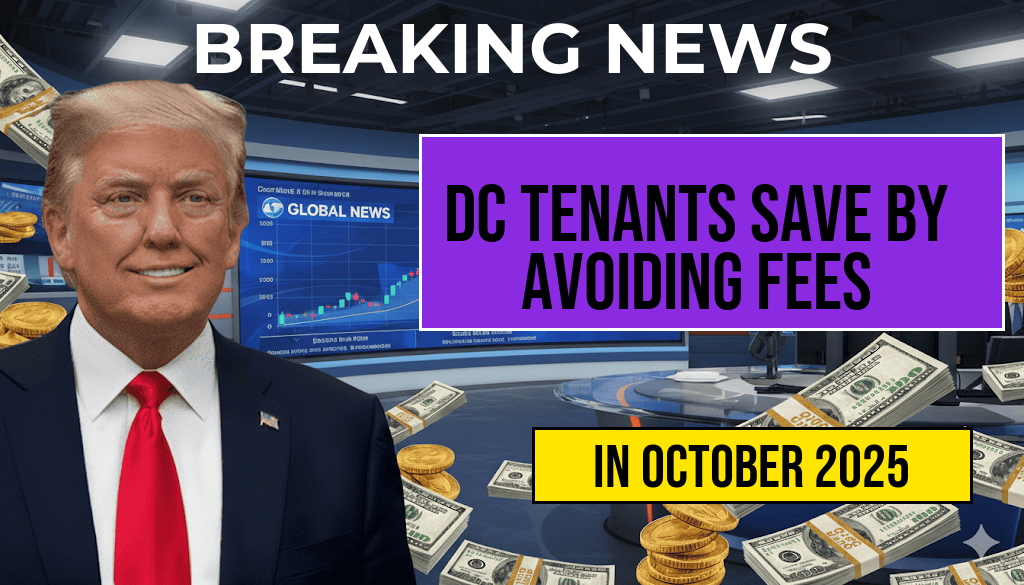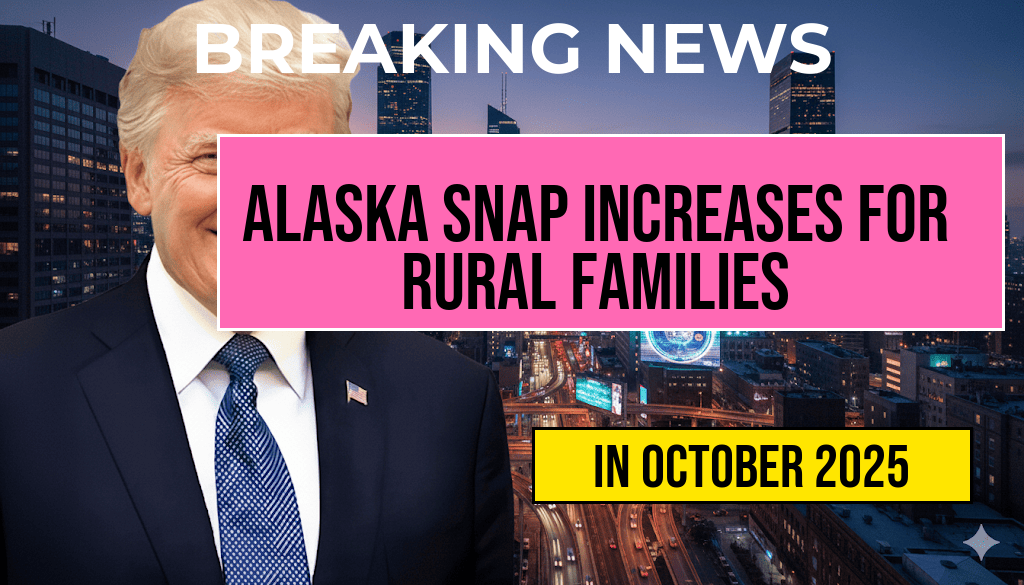The Supplemental Nutrition Assistance Program (SNAP) is set to undergo significant regulatory changes for Fiscal Year 2026, potentially affecting millions of American households. These new regulations aim to streamline the application process, adjust eligibility criteria, and modify benefit calculations. As the program continues to evolve, stakeholders are raising concerns about how these changes will impact food security for low-income families. With inflation still influencing grocery prices, understanding the implications of these adjustments is crucial for beneficiaries and advocates alike.
Key Changes in SNAP Regulations
The forthcoming SNAP regulations will implement a variety of changes that focus on improving access and efficiency. Here are the primary adjustments that beneficiaries should be aware of:
- Eligibility Adjustments: Changes to income thresholds and asset limits are expected, which could either expand or restrict access for certain households.
- Streamlined Application Process: The U.S. Department of Agriculture (USDA) is working to simplify the application process, which may decrease the time it takes for applicants to receive benefits.
- Benefit Calculations: New methodologies for calculating benefits are being introduced, which aim to reflect the rising cost of living more accurately.
Impact on Households
The anticipated changes could have a profound impact on the daily lives of millions of Americans who rely on SNAP for food assistance. According to data from the USDA, approximately 42 million individuals benefit from the program each month. Here’s how the new regulations may affect various demographics:
| Household Type | Current Benefit Estimate | Projected Change |
|---|---|---|
| Single-Person Household | $250/month | Potential decrease of 5% due to new calculations |
| Family of Four | $600/month | Potential increase of 10% to account for inflation |
| Senior Citizens | $200/month | Stable benefits with minor adjustments |
Community Responses
Community organizations are closely monitoring the situation, advocating for provisions that protect the most vulnerable populations. Many fear that tighter eligibility criteria could leave families in dire situations. “The last thing we need is to push more families into food insecurity,” stated Maria Lopez, a spokesperson for a local food bank. “We need to ensure that the changes we implement are beneficial and equitable.”
What Beneficiaries Should Do
With the changes on the horizon, current SNAP recipients are encouraged to stay informed and proactive. Here are some recommendations on how to navigate the coming adjustments:
- Stay Updated: Regularly check the USDA SNAP website for official announcements regarding eligibility and benefit changes.
- Engage with Local Advocacy Groups: Organizations can provide support and resources to help families understand their rights and options.
- Prepare for Reapplication: Some households may need to reapply under new eligibility criteria, so gathering necessary documentation in advance can be beneficial.
Broader Economic Implications
The changes to SNAP regulations for FY26 could ripple through the economy. With food prices having surged in recent years, any adjustments to SNAP benefits may influence consumer spending patterns. Economists warn that diminished benefits could lead to reduced purchasing power for low-income families, exacerbating economic challenges in local communities.
As the USDA finalizes the new regulations, attention will focus on how these changes will balance the need for fiscal responsibility with the imperative of food security. Stakeholders are hoping that the adjustments will not only enhance the program’s efficiency but also ensure that vulnerable families can continue to put food on the table.
For more information on the SNAP program and its updates, visit the USDA’s official website at USDA SNAP or consult resources from the Center on Budget and Policy Priorities.
Frequently Asked Questions
What are the new SNAP regulations for FY26?
The new SNAP regulations for FY26 include changes to eligibility requirements, benefit calculations, and work requirements that could affect millions of households across the country.
How might these changes impact my SNAP benefits?
The changes could lead to a reduction in SNAP benefits for some households, particularly those who may no longer meet the new eligibility criteria or whose benefits are recalculated under the updated guidelines.
Who will be most affected by the financial changes?
Low-income families, seniors, and individuals with disabilities are likely to be the most affected by the financial changes, as they may rely heavily on SNAP assistance for their food security.
Are there any resources available to help understand these changes?
Yes, many local and national organizations provide resources, guidance, and assistance for individuals and families to navigate the new SNAP regulations and understand their rights and benefits.
What steps can I take if I believe my SNAP eligibility has changed?
If you believe your SNAP eligibility has changed, it’s important to contact your local SNAP office to review your situation and determine if you need to reapply or provide additional documentation.








